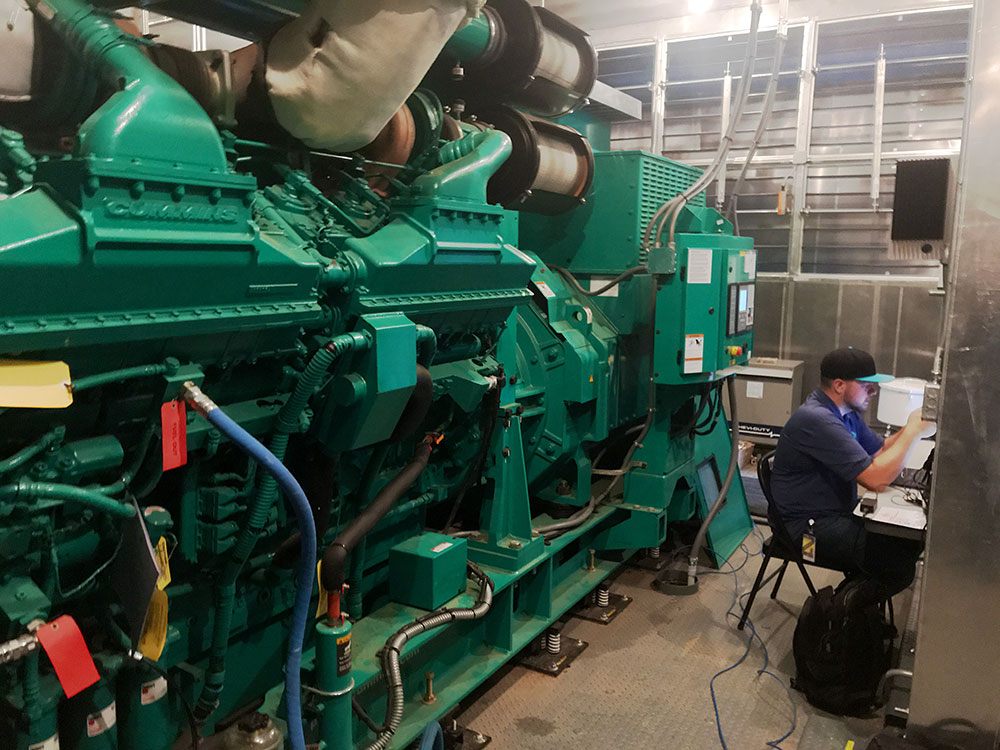Building automation and controls are critical to modern building performance. These top 3 benefits are applicable across industries.
By Bryan Rackowski, Controls Engineer, Fairbanks Energy Services
If it can open or close, turn on or off, or has a motor, it can be automated. Building automation can be described as a network of a building’s mechanical, HVAC and lighting controls normally brought back to a central control system. Typical controls configurations in a building include: mechanical systems such as chiller plants, HVAC systems integrating AHUs (air handler units) and VAVs (variable air volume units) throughout the building and lighting control systems. Building Automation Systems, or BAS, integrate all of these building systems as well as create an energy efficient facility. While there are dozens of best practices for engineers managing complex facilities, it’s important to get back to the basics of building automation: what can be automated and what are the benefits.

If it’s a piece of equipment performing just about any function in your facility, it can probably be automated in one way or another. These are top groups of systems typically automated:
When combining and automating lighting controls with HVAC systems you can gain massive energy savings and a huge amount of building flexibility. Using lighting controls sensors, you can pull data to uncover proper times to heat or cool a space depending on if the space is occupied instead of solely relying on the thermostat to determine if the space needs heating or cooling. When those three parts of a building are integrated to work with each other (HVAC, lighting, controls) you will see a significant improvement in the energy efficiency of your building as well as longer equipment life span(s).
Having multiple building automation systems that do not work with each other is the biggest issue companies encounter.
Over the years, buildings often have multiple contractors install products that do not work with existing systems. You can miss out on a lot of energy savings by having a system that can’t incorporate all major energy loads in a building. It’s best to find a company that is able to come in and engineer the integration of different systems with each other, as sometimes it’s easier to create a new network of devices and then integrate existing HVAC and mechanical equipment, as well as tie in lighting systems to get the full potential out of the BAS.
Another major issue is when companies shy away from allowing remote access to their BAS. To be able to get the most of what has been installed you need to be able to allow the contractor access to work with your building, help “cash in” on all of the technology installed and continue to check in and make adjustments when needed.
Lastly, we always recommend keeping the structure simple before you go ahead and create a more complex system. Often overlooked, training the facilities group on how to work with the BAS that has been installed and giving them the knowledge they need is critical to building automation success. These systems can become very complex and facilities teams can lack an understanding in how their systems actually operate.
Many energy savings and equipment management solutions can be missed out on by not being able to understand building automation, make adjustments to the tuning loops, read historical data, download reporting, utilize scheduling and leverage all of the other benefits of these systems. With someone trained properly in building automation, the building should constantly be able to perform in an upward trend of efficiency to the benefit of all occupants.

Bryan Rackowski
About the Author:
Licensed Electrician Bryan Rackowski is a Controls Engineer for Fairbanks Energy Services, a national turnkey efficiency solutions firm.
https://www.fairbanksenergy.com/
Scott Ellyson, CEO of East West Manufacturing, brings decades of global manufacturing and supply chain leadership to the conversation. In this episode, he shares practical insights on scaling operations, navigating complexity, and building resilient manufacturing networks in an increasingly connected world.